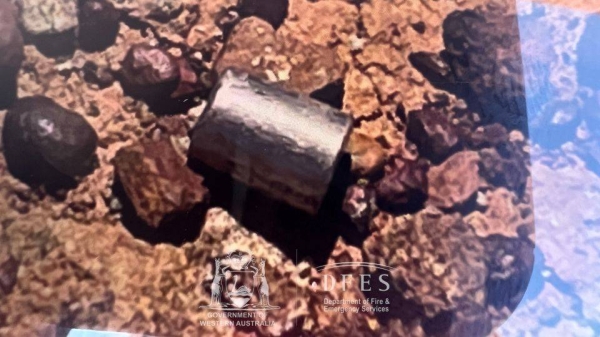
Sparsely populated and hugely diverse, this African nation is an ideal destination for our socially distanced times
WINDHOEK: In this age of COVID-induced social distancing, the more remote the location, the better.
For the latest updates, follow us on Instagram @arabnews.lifestyle
And Namibia is about as remote as it gets.
That isn’t just a by-product of the global tourism downturn — this central African nation has long been a destination to explore without the crowds. Namibia is home to just 2.5 million people, but expands over 824,292 square kilometers – more than six times the size of England. This goes some way to explaining the diversity of its landscapes, from the towering sand dunes and canyons of the south, to the lush greens of the north, through the arid desert in between.
Travellers have two main choices of transport: by plane, or by road. The former involves the hiring of a small Cessna and a pilot, hopping between five-star lodges, while the latter tends to involve a more challenging — and lengthy — trip, not least because the roads are mostly gravel, often pock-marked and uneven. The scenery can change drastically in just a couple of hours and many hours can pass between passing another vehicle.
However, car hire is cheap and easy: A brand-new Toyota Hilux, complete with rooftop tent and a cab full of essentials — table, chairs, gas stove, utensils, fridge, kettle and storage — for about $100 per day. Campsites are plentiful and well-equipped — you’ll likely get a table and shelter, sometimes your own toilet and shower.
From the capital, Windhoek, head north on one of Namibia’s few tar-sealed roads for Etosha National Park, home to a plethora of wildlife, easily spotted around its many waterholes from the comfort of your own vehicle, as it’s a self-drive park (typical for Namibia). Seeing rhino and giraffe, or even a pride of lions, near your campsite isn’t uncommon.
Heading south, the landscape changes abruptly from to iron-rich, rock-strewn expanses and flat-topped mountains. This is Damaraland, and it’s worth visiting for the drive alone. On your way through, stop in at Grootberg Lodge. Set in a private concession and perched on the edge of Etendeka Plateau, the view from your stone hut is surely the best in Namibia: a green valley floor framed by a jagged canyon. A sundowner drive will take you across the mountain plateau, where you can spot elephants, oryx and springbok.
You should not leave Namibia without making time to visit one of the world’s most remote locations, the Skeleton Coast. It gets its name from the whale carcasses and many shipwrecks that line its shores.
It is largely unpopulated, hundreds of kilometers from the nearest town, and carefully protected — you’ll need a permit to get in. About 200 kilometres north of the entrance to the park, the road stops at Mowe Bay and access is restricted to rangers and those heading for Shipwreck Lodge, one of Namibia’s — if not Africa’s — most incredible accommodation offerings. It is marketed as one of the most remote lodges on the planet, and it delivers. Consisting of just 10 rooms, all designed to resemble shipwrecks, this understated luxury lodge looks out on wind-whipped dunes and thrashing seas. You can spend your days tracking elusive desert elephants through dry river beds, going in search of shipwrecks, picnicking on the beach opposite violent waves, or quad biking on untouched dunes, before tucking into an oryx fillet in the restaurant. It is a genuine once-in-a-lifetime experience, with prices likely to skyrocket in future, so there is no better time to visit.
While it can be tempting to try your luck as a castaway here for the rest of your days, the south of the country is also worth seeing. Particularly the German-inspired town of Swakopmund, and the iron-rich sand dunes of Sossusvlei — a sharp contrast to the gleaming white dunes of the Skeleton Coast. Along the way, stop in for the best apple pie in the country at Solitaire — a strange outlier in an otherwise desolate sandscape. Though its likely been clear the entire journey, here is where you’ll truly appreciate the solitude of Namibia. Sat atop ‘Big Daddy,’ the area’s largest dune, drink in the landscape. It will be completely different after a few hours in the truck tomorrow.












